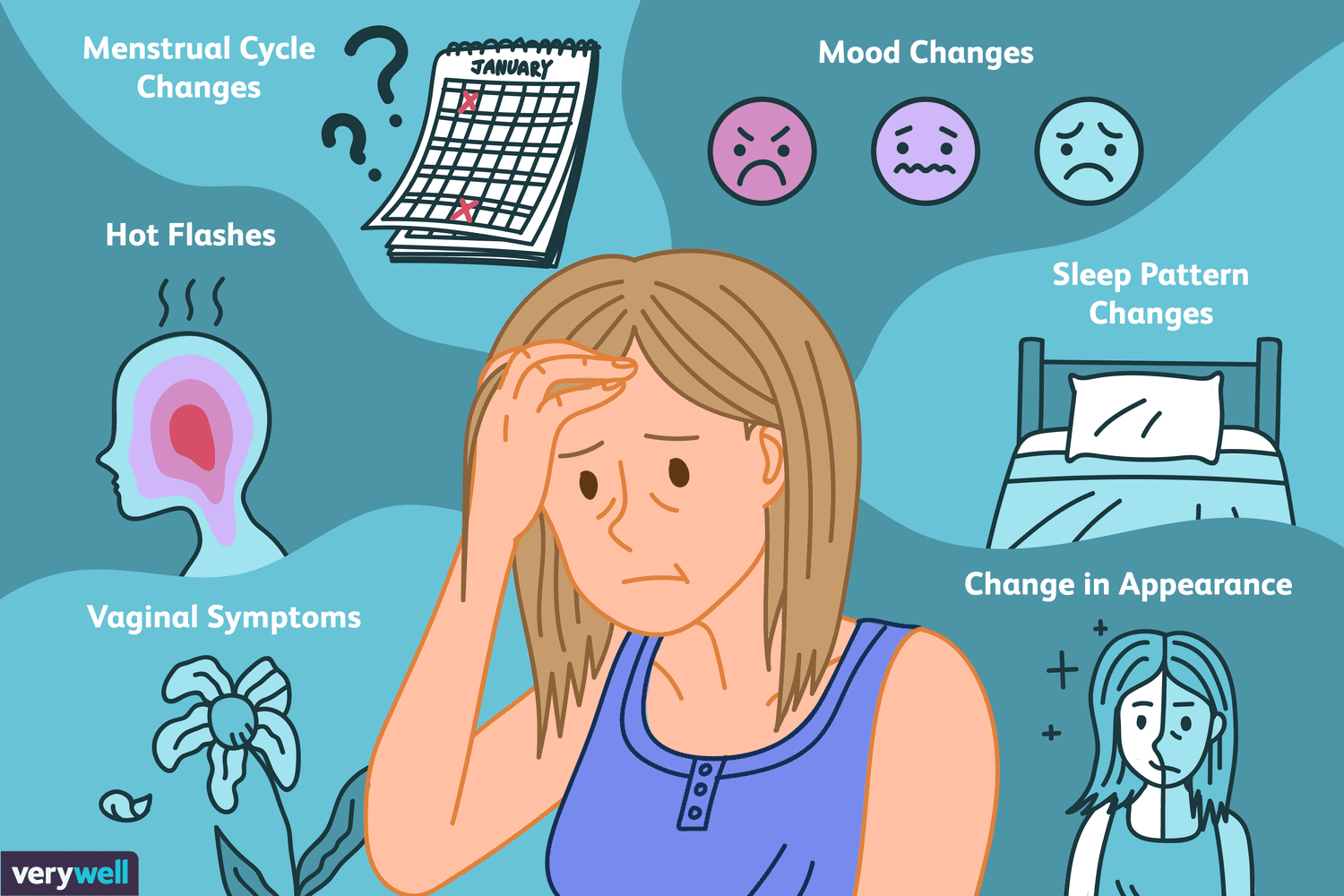Here is another example of creating content based on Search Snippets.

Confirming menopause involves assessing a combination of symptoms, hormone levels, and medical history. Here’s how it’s typically done:
Symptoms: Menopause usually comes with a range of symptoms like irregular periods, hot flashes, night sweats, mood swings, vaginal dryness, sleep problems, and decreased libido. If a woman in her late 40s or early 50s experiences these symptoms, it could indicate menopause.
Medical History and Physical Examination: A doctor reviews the woman’s medical history and conducts a physical exam to rule out other conditions with similar symptoms.
Blood Tests: These measure hormone levels to confirm menopause. Two key hormones are tested:
- Follicle-stimulating hormone (FSH): Levels rise when the ovaries produce less estrogen. Elevated FSH levels, especially over multiple tests, suggest menopause.
- Estradiol: A form of estrogen, levels decrease during menopause. Low estradiol alongside high FSH confirms menopause.
Other Tests: Sometimes, additional tests like thyroid function tests are done to rule out conditions that mimic menopause symptoms.
Monitoring Changes Over Time: If initial tests are inconclusive, doctors may suggest monitoring hormone levels over time to spot consistent menopausal patterns.
It’s important to understand that while confirming menopause can offer clarity, it’s not always necessary for management. If a woman is troubled by menopause symptoms, her doctor can discuss treatment options to improve her quality of life.




